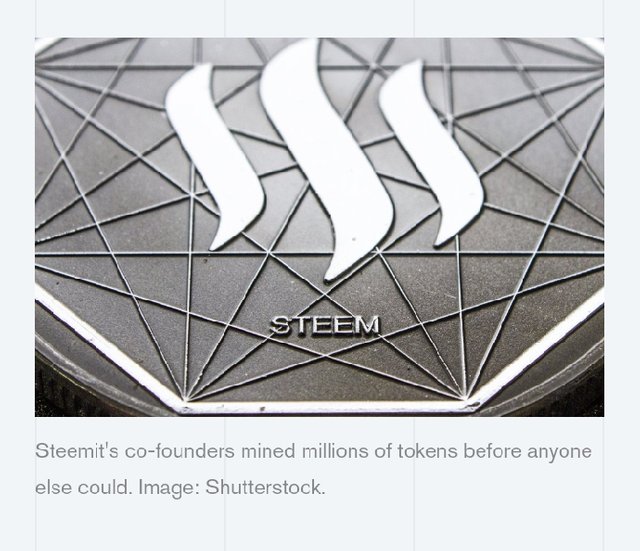Steem vs Tron: The rebellion against a cryptocurrency empire
Tron founder Justin Sun bought Steemit to expand his realm. But the ferocious backlash started an epic cryptocurrency war.
By Tim Copeland

One spring day four years ago, Dan Notestein, a self-made millionaire and coder, padded down the wooden stairs to the basement of his ranch home in Blacksburg, Virginia. He sat down across from three other devs who were working on a startup called Steemit. Notestein, who was a contract worker on the project, settled in for what he figured would be just another day.
It turned out to be anything but.
The devs were building what had been billed by its co-founders, CEO Ned Scott and CTO Dan Larimer, as a new kind of social media platform. Steemit was intended to be the first social network to reward its users with cryptocurrency when they upvoted a post. The big idea was that posting—great posting, smart posting, honest posting—was super valuable content to a community. (Hence “steem,” which stood for “esteemed author.”)
Specifically, the men in Notestein’s semi-finished basement were putting the final touches on a blockchain, called Steem, and its tokens (also called STEEM) that would, in turn, gamify Steemit and create one big virtuous circle.
The blockchain was supposed to launch in a week, at the end of March. Today was only March 23, 2016.
Imagine then the crazy, wild surprise that swept through Notestein’s basement when one developer saw that the blockchain had already gone live. The mainnet was up and running; the genesis block had been verified.
They were all angry about it, and it showed in different ways. One of the guys was so upset, I was concerned he was going to cry," Notestein later recalled.
A week later, Notestein realized that Scott and Larimer had used the surprise launch to give themselves a head start to mine 80% of the supply of Steem tokens. Typically, when a blockchain like this launches, everyone knows the launch date in advance, which levels the playing field, and can ensure that the tokens are evenly distributed among investors. But that didn’t happen here.

The pile of tokens would become known as the “ninjamined stake” on account of the fact that it was mined covertly. It would become the Chekov’s gun in the story of Steem, foreshadowing a problem that would, years later, all but obliterate one of the most interesting and vital communities ever built on a blockchain. The stake would pit the Tron Foundation’s CEO, Justin Sun, the P.T. Barnum of crypto, against an angry, activated, networked mob of thousands. Some $5 million dollars would be seized, a lawsuit would be launched and an anonymous hero would try—and fail—to save it all.
"The drama with Steem is probably the most important thing happening in crypto now."
Ari Paul, CIO of Blocktower Capital
At the end of it all, Steem would be riven in two. The Steem Wars also raised disturbing questions—about how blockchains should be governed, the role of “whales” with venal interests, and whether crypto exchanges who trade in the tokens affected have any right to get involved in these sorts of community disputes.
This is the story of Steem and its brutal fight for survival.
A secret sale and another bad beginning
Despite its awkward birth, Steemit quickly blossomed into a bustling, active community. More than a million people joined, with around 4,000 of them posting daily on everything from technical analysis to discussing Steem’s most popular game Splinterlands—“Steem Monsters.” The blockchain grew in value too, reaching a peak market cap of $1.9 billion.